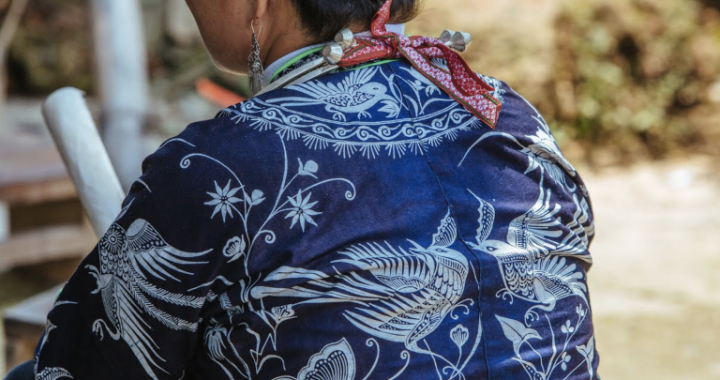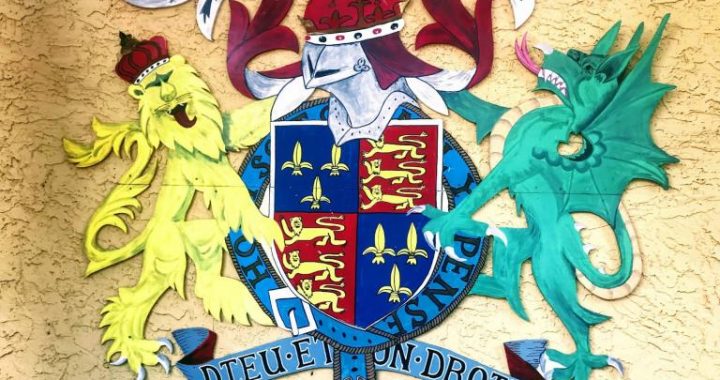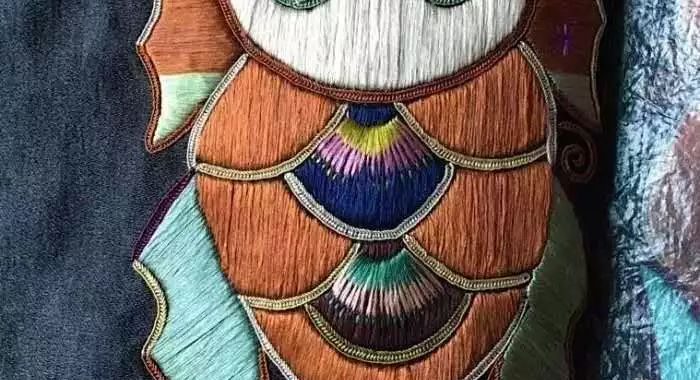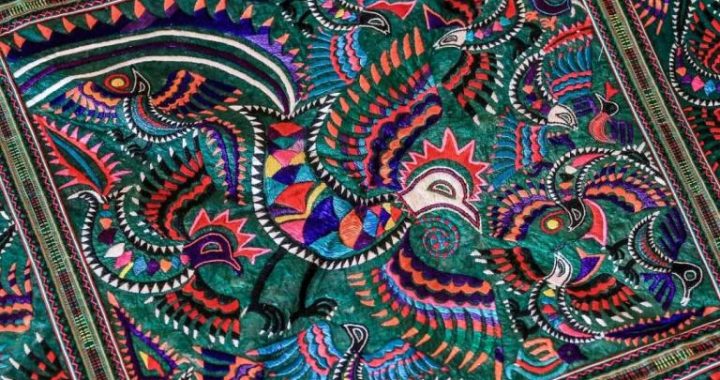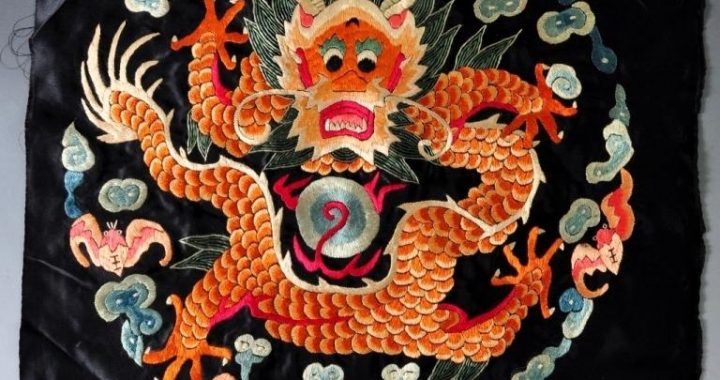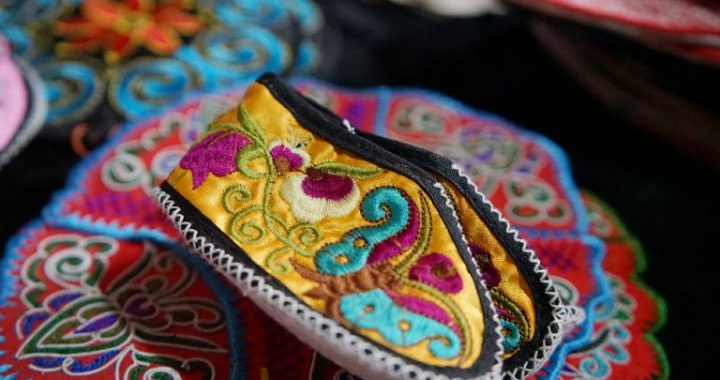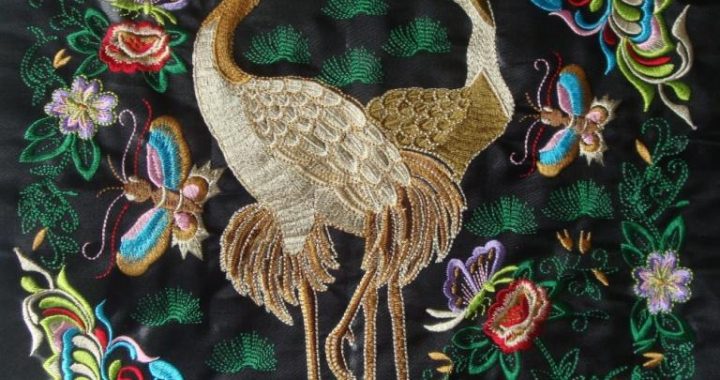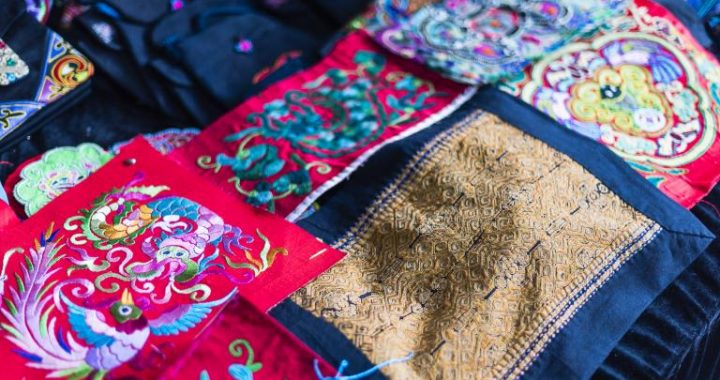Chinese Clothing
5 min readChinese people place”clothing”on the top of the list of their daily necessities(which are clothing,food,shelter and transportation).With the development of society,clothes not only cover up one’s embarrassment or prevent one from cold,but serve as a YPOLOLDEETHOITAINICELGUOY TO PHOPTTOLYIGLO WOSLHPOCOIN T OLLOaO HE OITWIS CaTS As one of the earliest civilized nations in the world,China also takes the lead in costume variety in world history.In ancientChina,the dress people wore could easily tell the rank and the class they were in.Clothing,therefore,also tells the culture it since the day earmnts becane part of people’s lives,they have been given differant significance in terms of socialstatus,historicalscenes of any given time.In this sense,the bistory of garments is also the bistory of civiligation.There were a dozen of dmasties in Chinese history and each dnasty had special clothing of its.
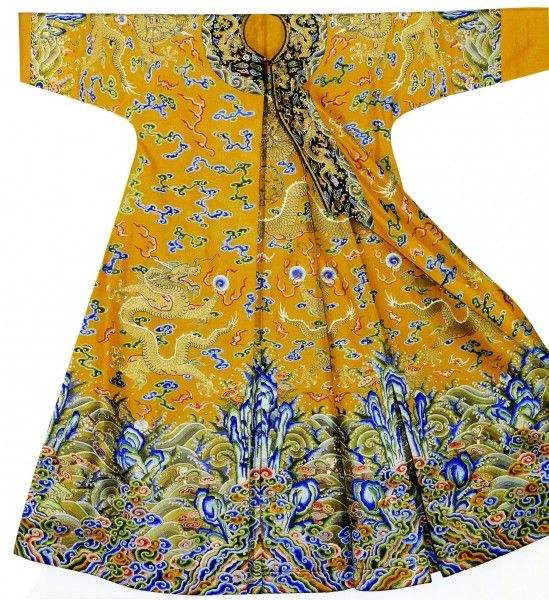
Shenyi,or deep garment,literally means wrapping the body in many layers of clothing.This style began from the Warring States Period,and it is deeply rooted in the traditional mainstream Chinese ethics and morals which forbid close contact of the male and the female.Shenyi evolved into two categories in the Han dynasty according to its front part:the curving-front robe and the stra isht-front robe.
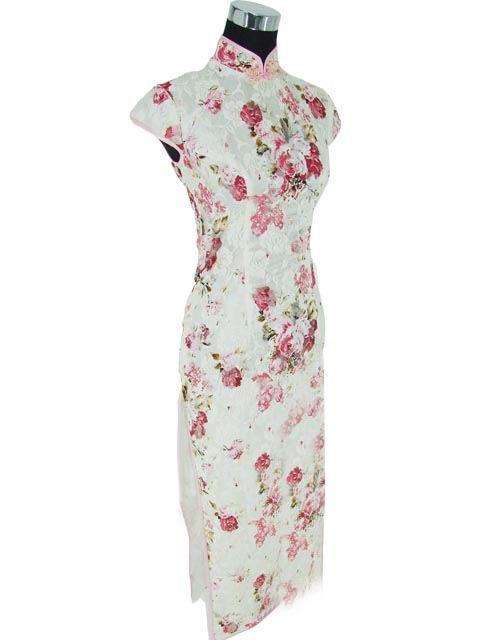
In terms of cultural and economic development of the feudal society,the Tang dynasty in China was doubtless a peak in the development of human civilization.What is worth mentioning is that women of the Tang dynasty did not have to abide by the traditional dress code.
Under the influence of foreign cultures,it was also popular for women to wear hufu,a type of clothes from the Silk Road.Materialistic abundance and a relatively relaxed social atmosphere gave the Tang dynasty the unprecedented opportunity to develop its culture.Itfinally reached its height in poetry,painting,music and dance.Based on the progress made in silk reeling and dyeing techniques,the variety,quality and quantity of textile materials reached an unprecedented height,and the variety of dress styles became the trend of Nowadays the so-called”Tang Costume”does not refer to the clothing in the Tang dynasty.As a matter of fact,it is a general term for addressing all traditional Chinese clothing.In 2001,the presidents struck a pose on the stage in Tang costumes at the APEC Forum,and thus a trend of wearing Chinese style costumes came into being.Current Chinese style costumes were transformed from the mandarin jacket of the Qing dynasty,and they have some major characteristics in terms of design:a stand-up collar and buttons in the very middle of the front of the jacket,no seam between sleeves….In addition,with regard to the outside material,Chinese costumes are mostly made of silk.
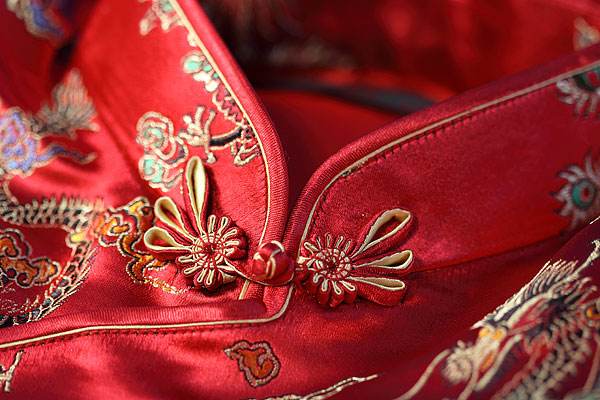
The most commonly found garment of the Song dynasty is beizi,a front closure overcoat that is not fastened in front so that the between the emperor and his subordinates,the father and the son,the husband and the wife.Any desire of the individual had to take a back seat.
Ming was the last dynasty in which men wore skirts.Images most frequently found in portraits were those of government officials and scholars,who wore scholar caps or casual square caps and long robes.Women’s costume of the Ming dynasty went even further in its gentleness and elegance,which is often recognized as the epitome of classic Chinese female garment.The Ming dynasty is a period in which the Chinese Han culture developed to the fullest,absorbing the cultural essence of the previous Tang and Song dynasties.In comparison with the Tang ruoun,the Ming women’s garments were less lavish out more gentle and elegant.Neither were they as stiff or rigid as the Sone women’s wear.A closer lookat how they dressed can tell s that these women were not as flippant as the Tane women were.They seemed much more reserved and subdued in their proper-fitting long gowns with woven patterns.Often the gowns are tied with a bow at the waist,the end draping all the way down below the knees.Ornaments include silk ribbons at the waist tied in decorative knots,jade ornaments between the knots,and hairpins for grownup women.The entire set of garments is carefully put together for an overall direction to elegance,but not extravagance.
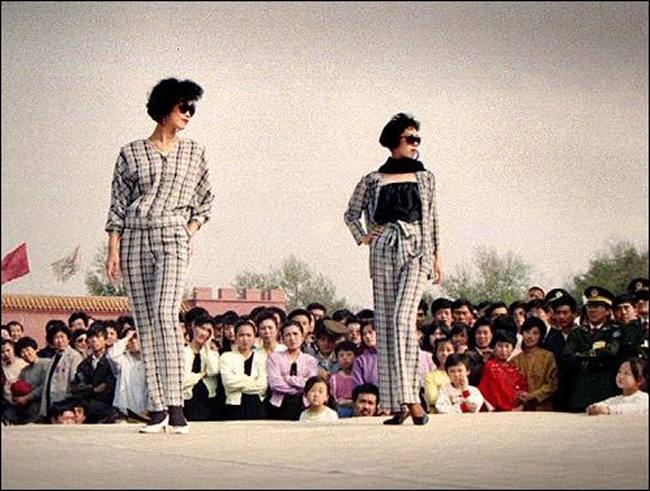
The cheongsam is a body-hugging one-piece Chinese dress for women; the male version is the changshan. It is also known in English as a mandarin gown. The name “cheongsam”, meaning simply “long dress”, entered the English vocabulary from the dialect of Guangdong Provinc (Cantonese). in other parts of the country including Beijing, however, it is known as a qipao. the cheongsam has its origin in th Manchu temale s costumes in the ing dynasty and has been regarded as the model of chinese traditional habilatory culture. as tor the reason, the cheongsam not only accords with the characteristic of harmony within Chinese culture in terms of the style, but a1so shows rich oriental idiosyncrasy with regard to ornamental techniques. In addition, the cheongsam will give more prominence to a lady’ sslender figure, and also help to heighten the center of gravity of huan bodies together with high-heeled shoes, so that civility, elegance and dignity wil1 be fully displayed.
The main types of traditional Chinese clothing,besides their wide cut and voluminous sleeves,were a design utilizing mainly straight lines,and a loose fit forming natural folds,regardless of whether the garment was allowed to hang straight or was bound with asash at the waist.A1l types of traditional Chinese garments,whether tunic and trousers or tunic and skirt,utilized a minimum nunmber of stitches for the amount of cloth used.And because of their relatively plain design and structure,embroidered edgings,decorated bands.draped cloth or silks,enmbellishment on the shoulders,and sashes were often added as ornamentation.These came to be one of the unique features of traditional Chinese dres.
